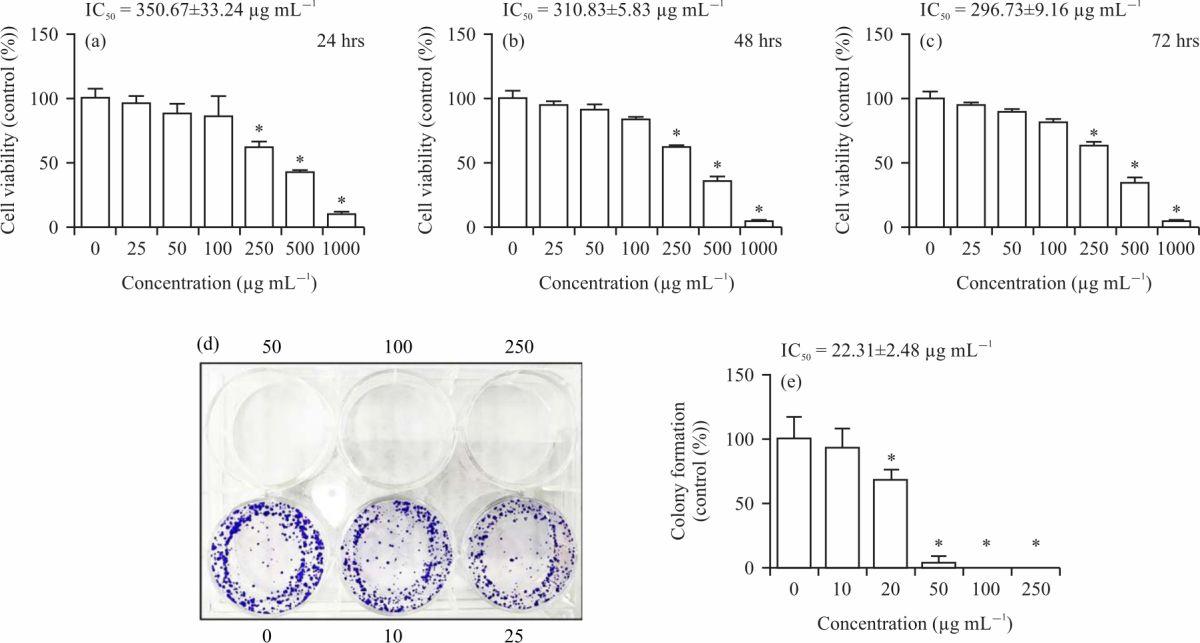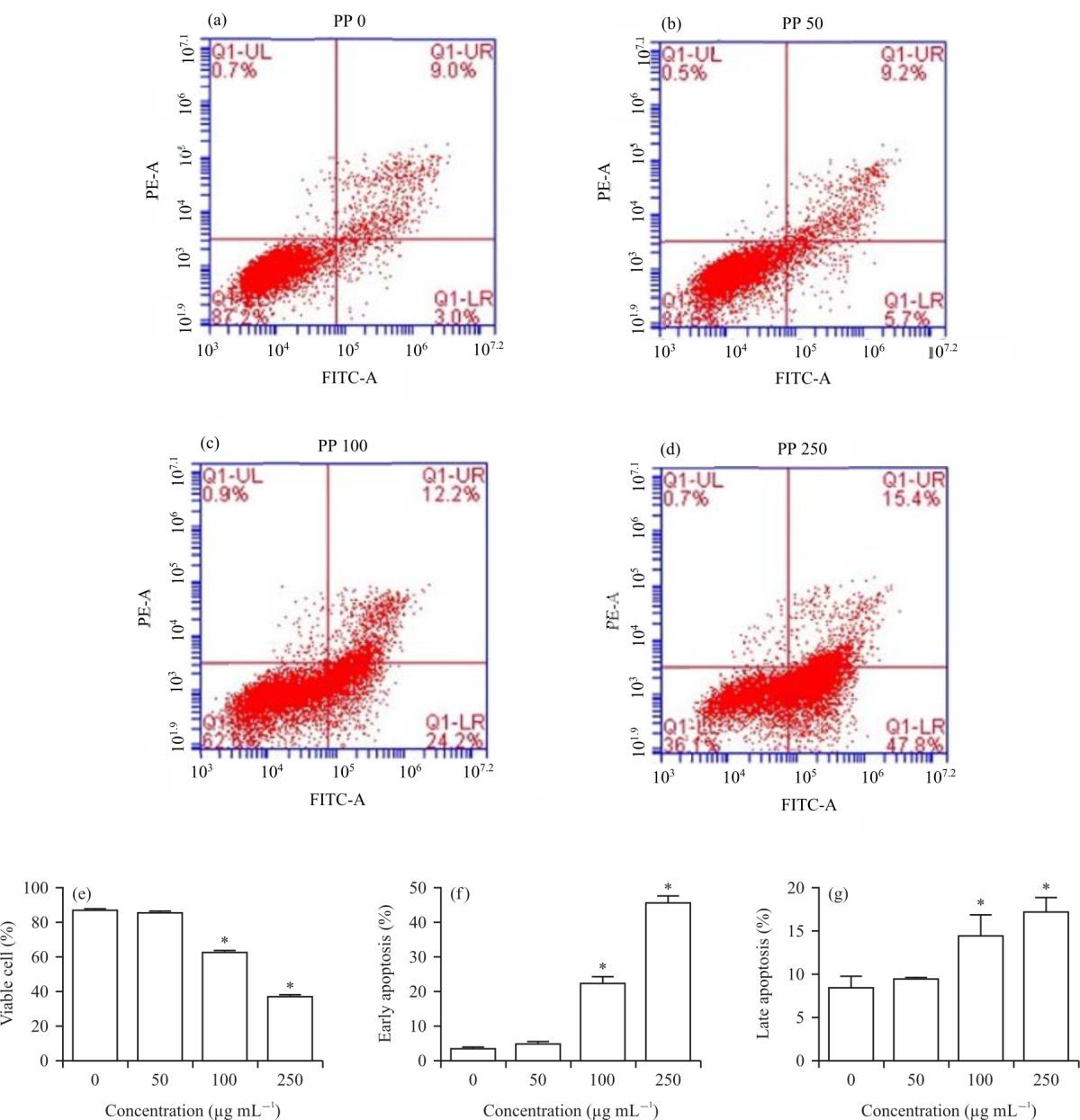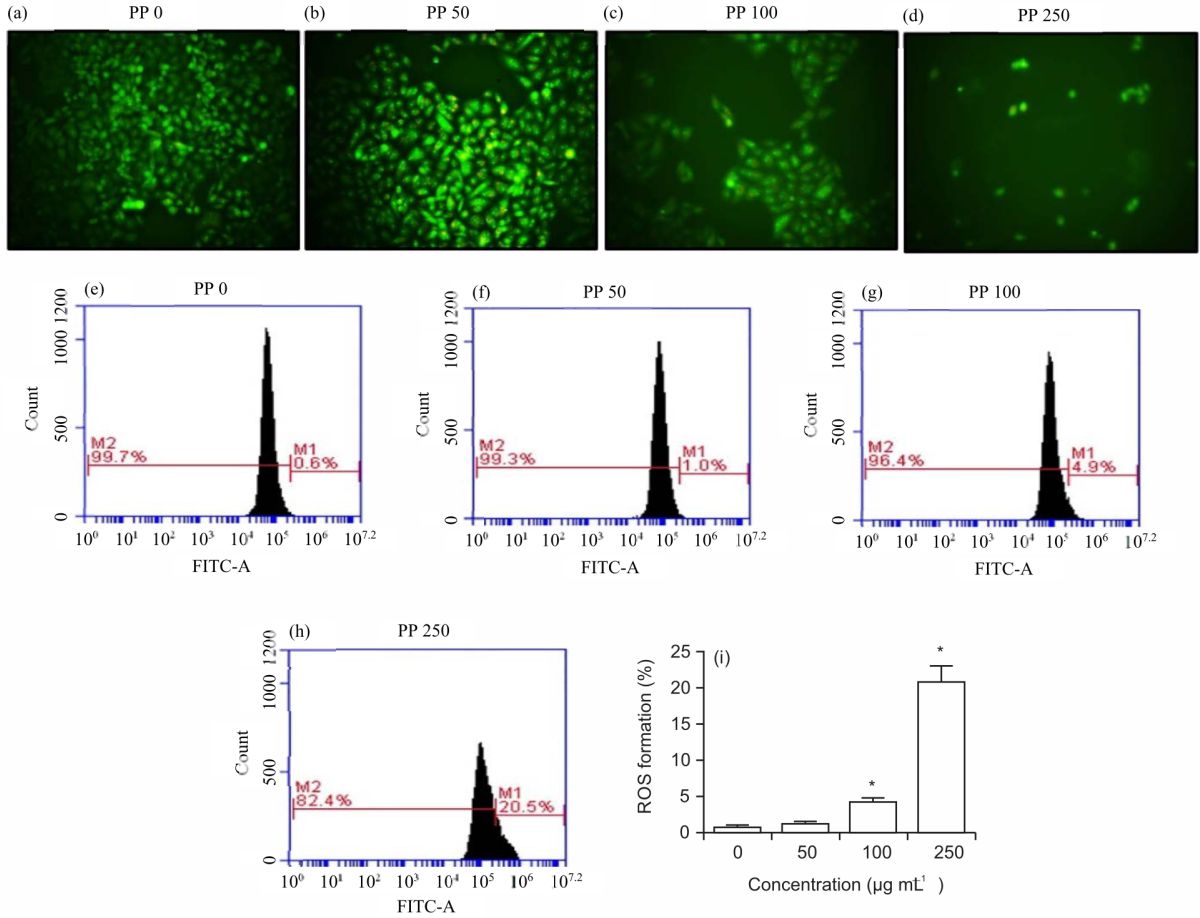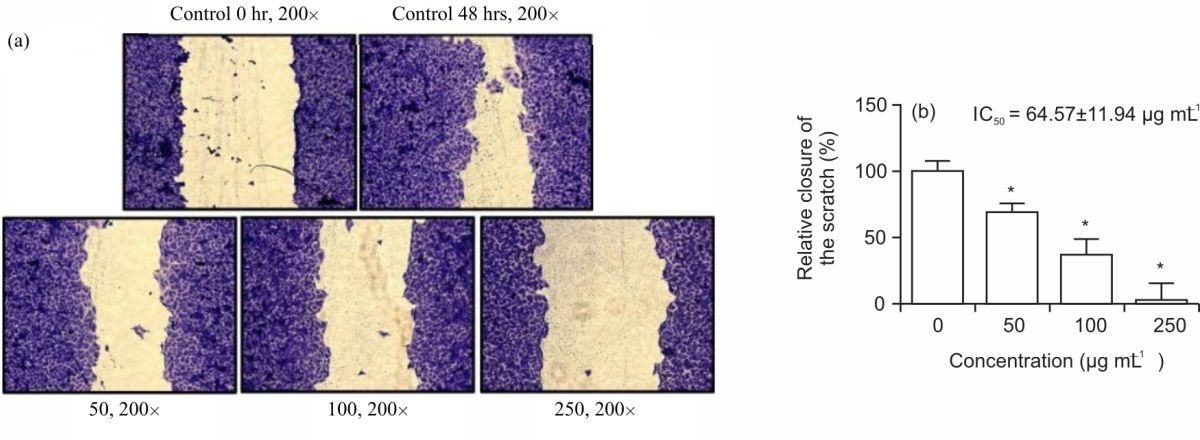Research Article
Zanthoxylum rhetsa (Roxb.) DC Oil Suppresses the Proliferation, Activates Apoptosis, Inhibits Migration of Human Cervical Cancer Cells
Faculty of Medicine, Mahasarakham University, Talad, Mueang, Maha Sarakham 44000, Thailand
LiveDNA: 66.35857
ORCID: 0000-0002-1554-6327
Maleeruk Utsintong
Division of Pharmacy and Technology, Department of Pharmaceutical Care, School of Pharmaceutical Sciences, University of Phayao, Phayao 56000, Thailand
LiveDNA: 66.38303
ORCID: 0000-0001-6721-0887












